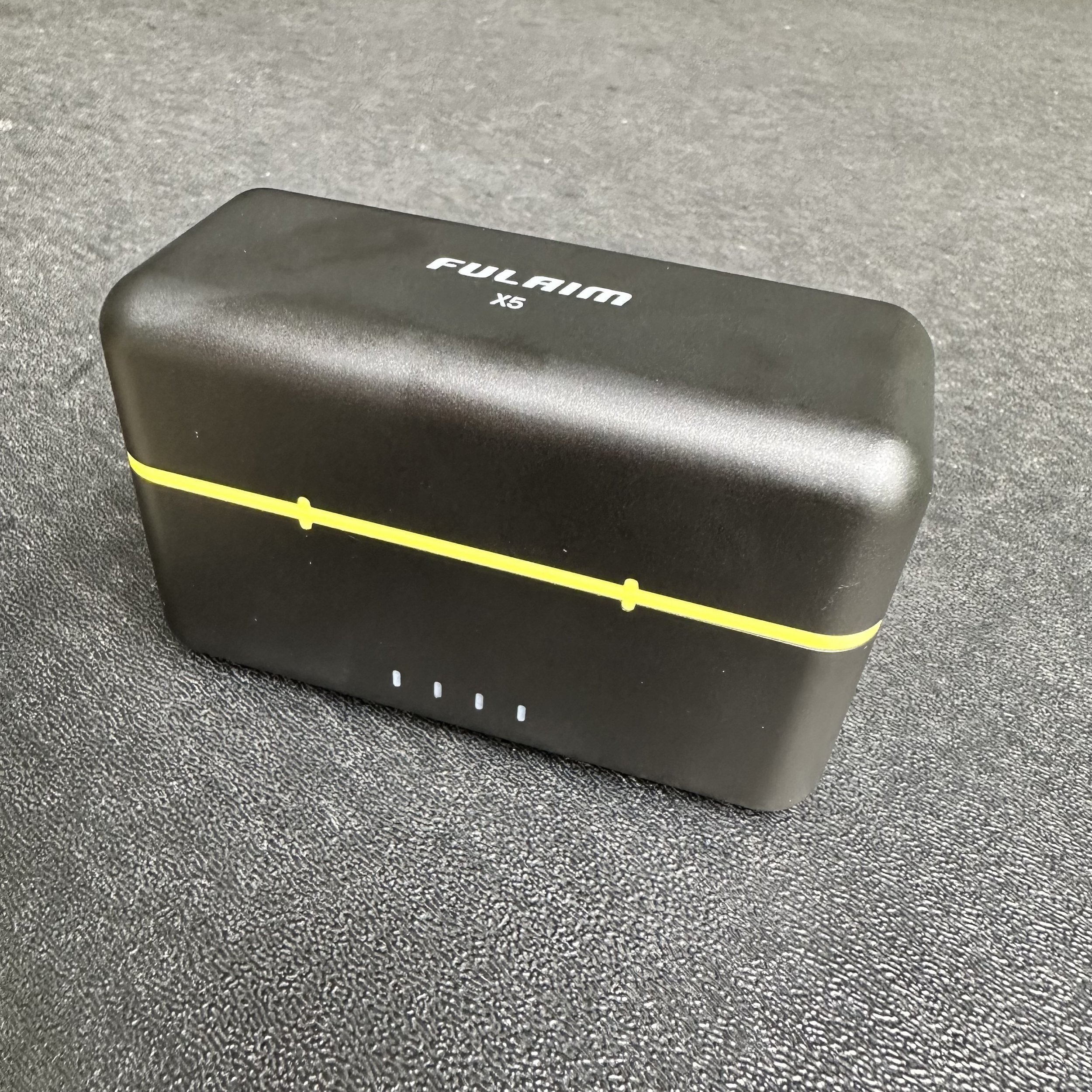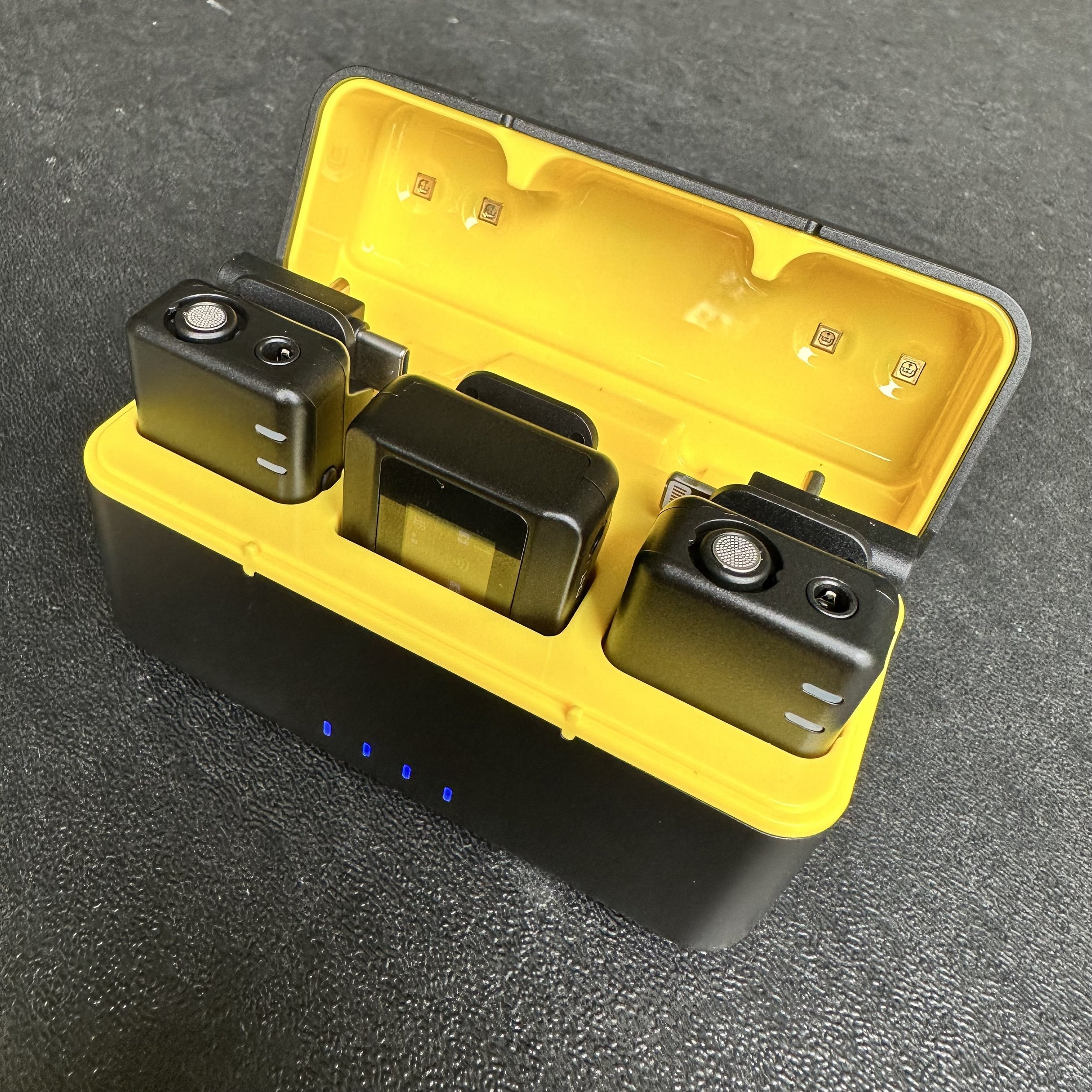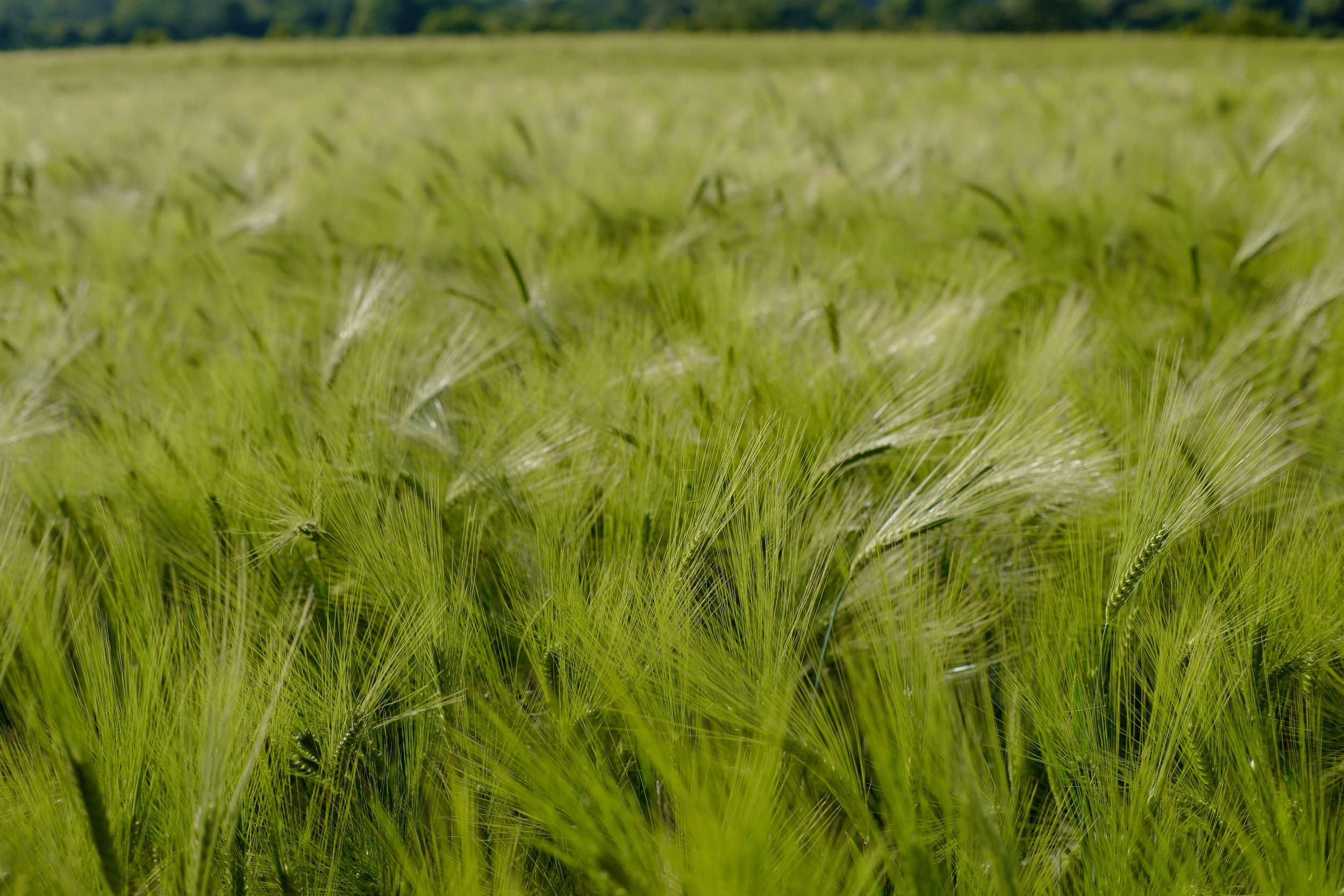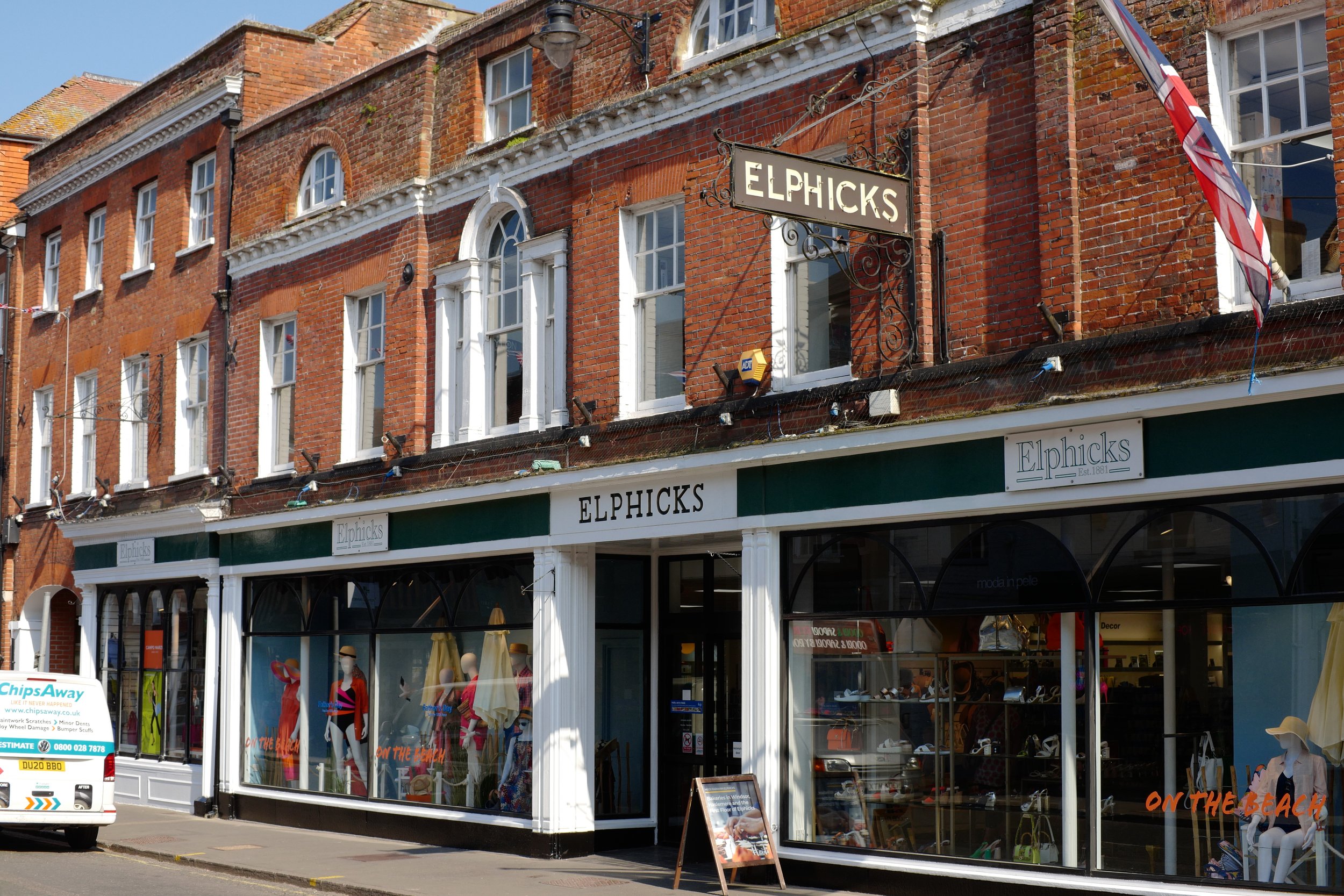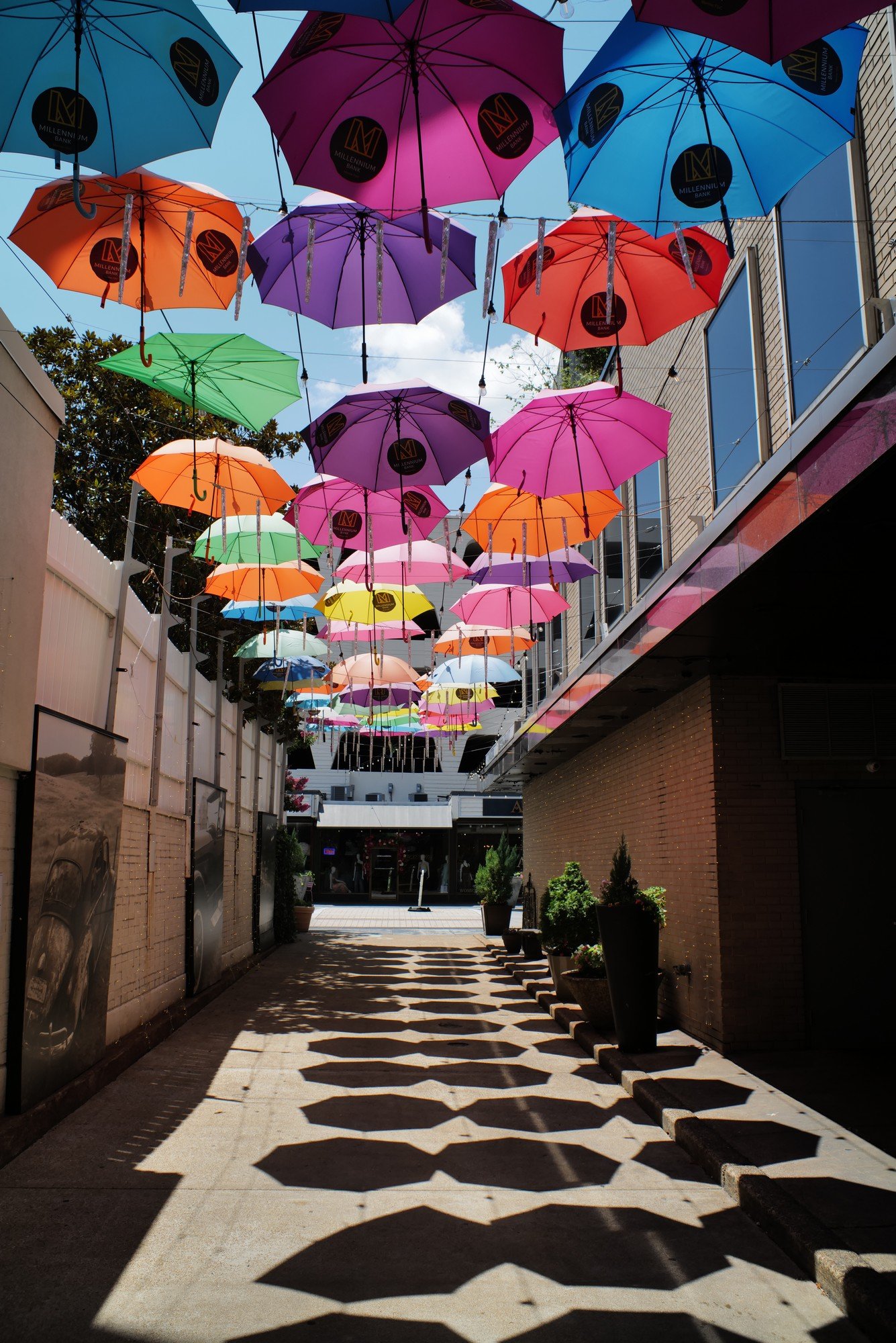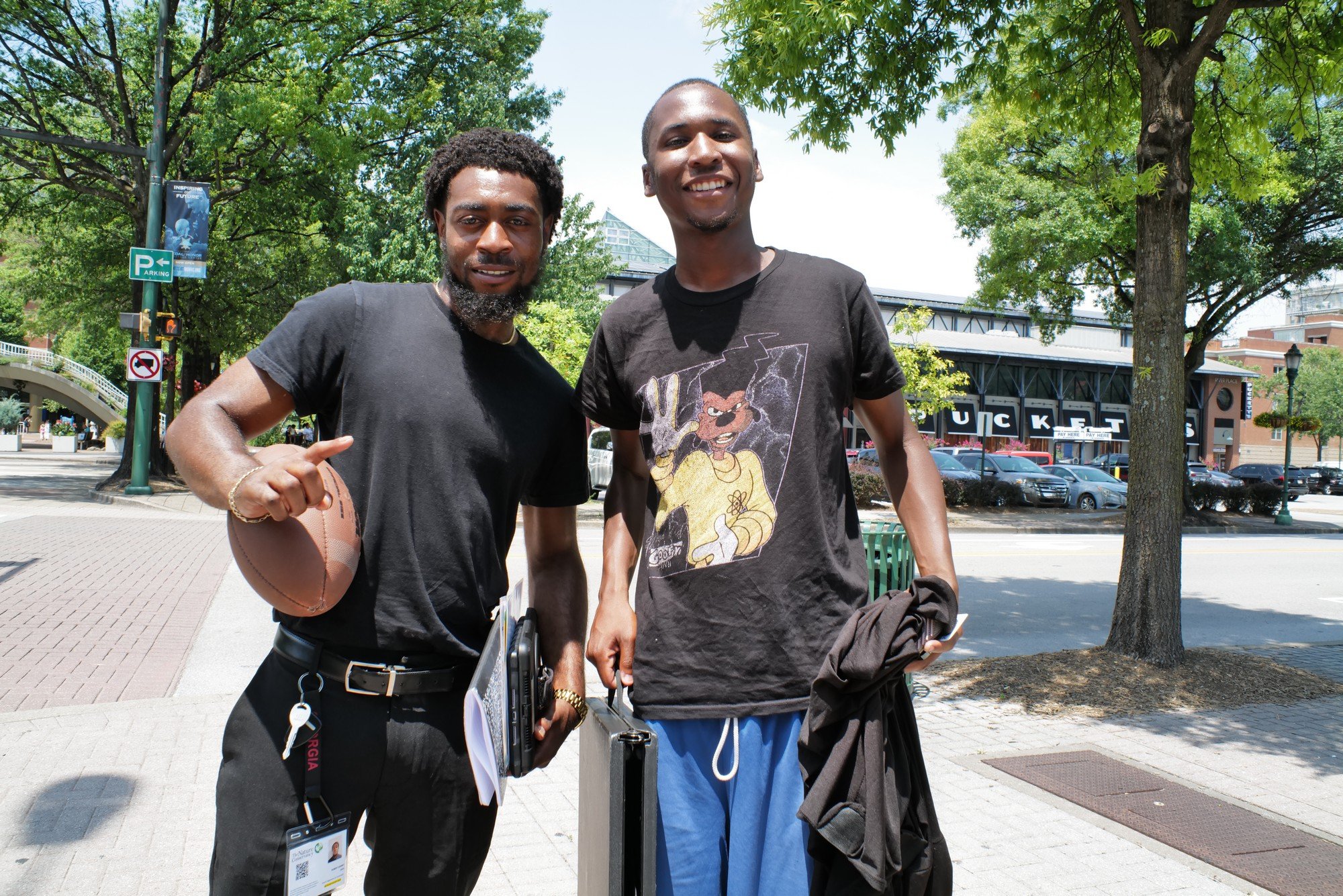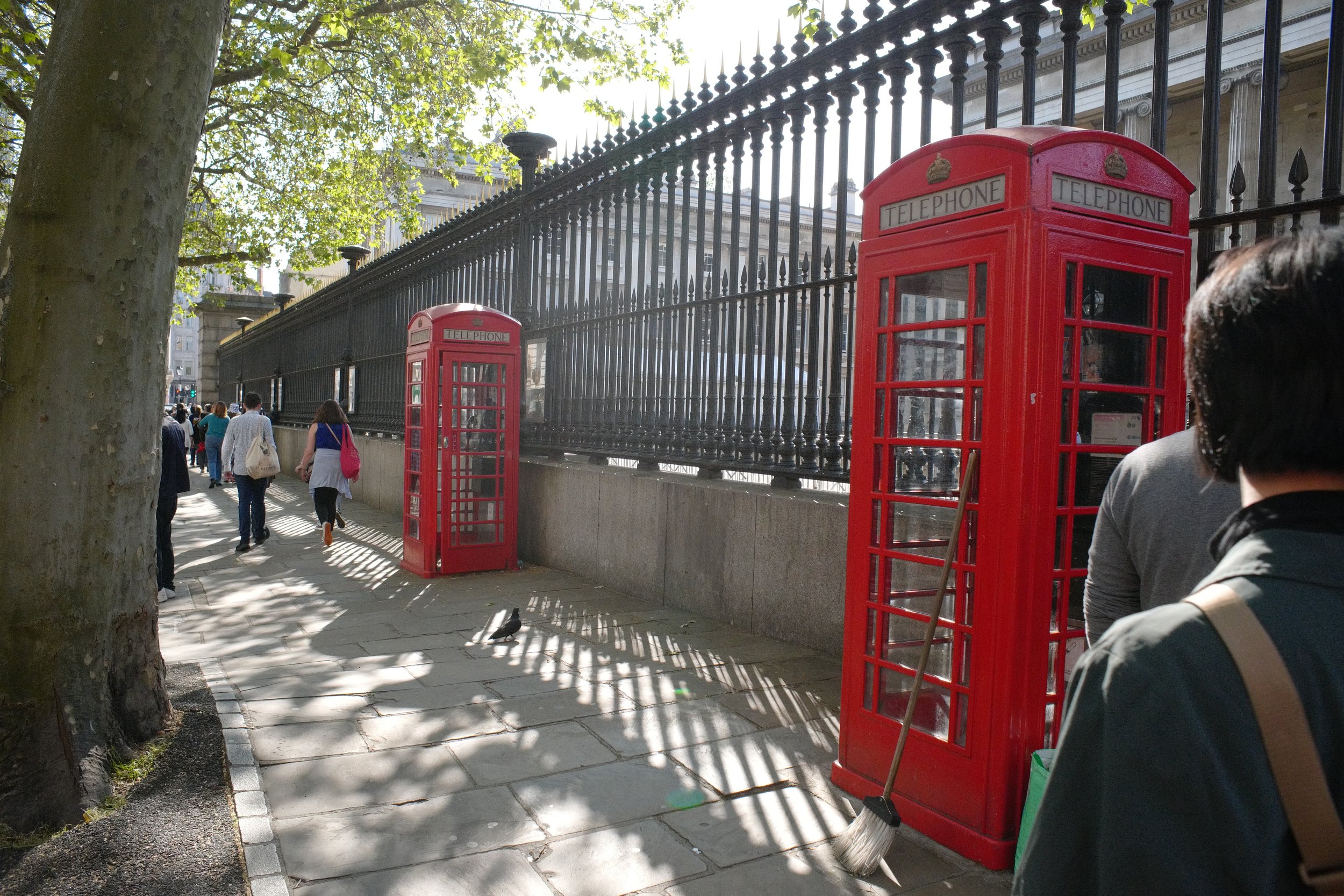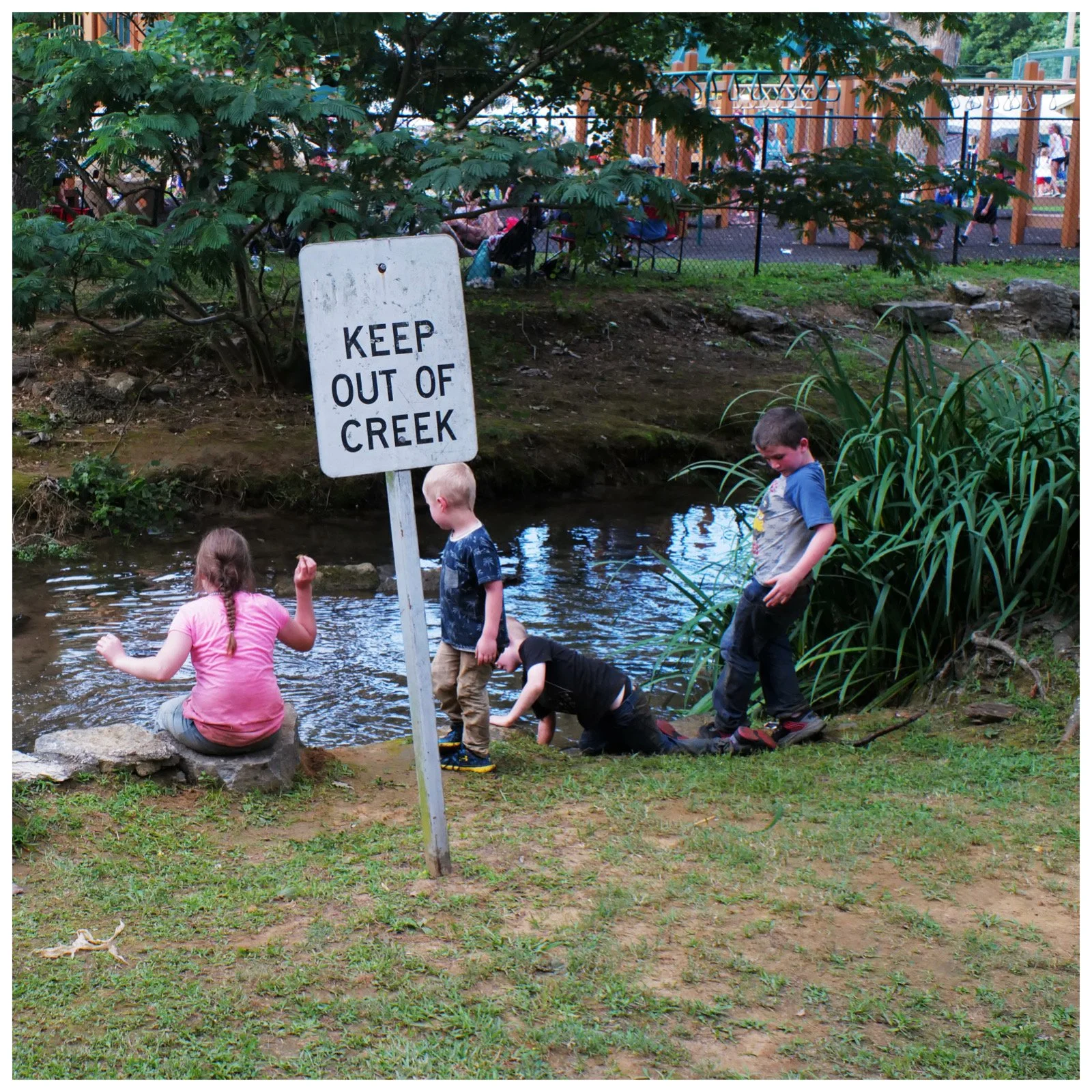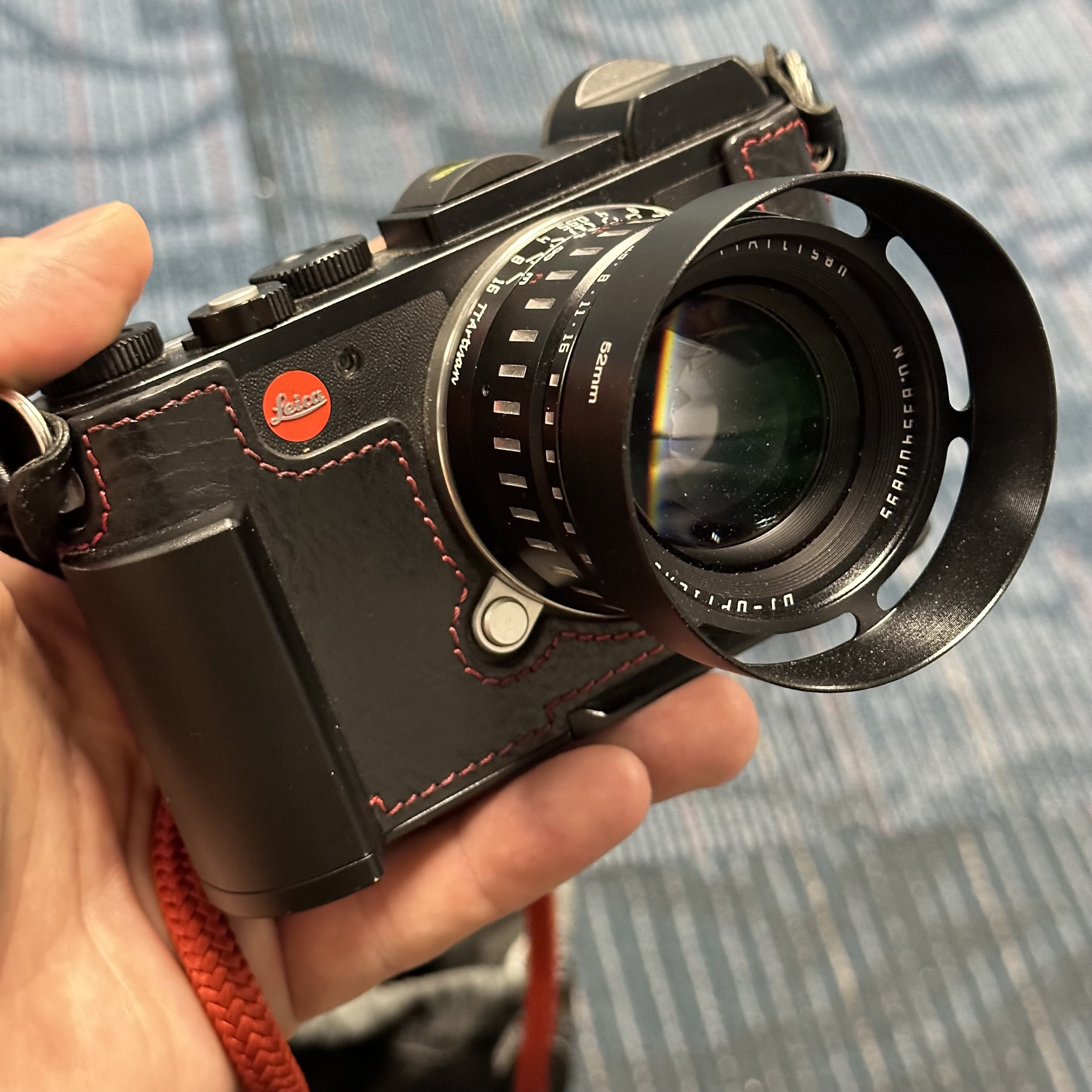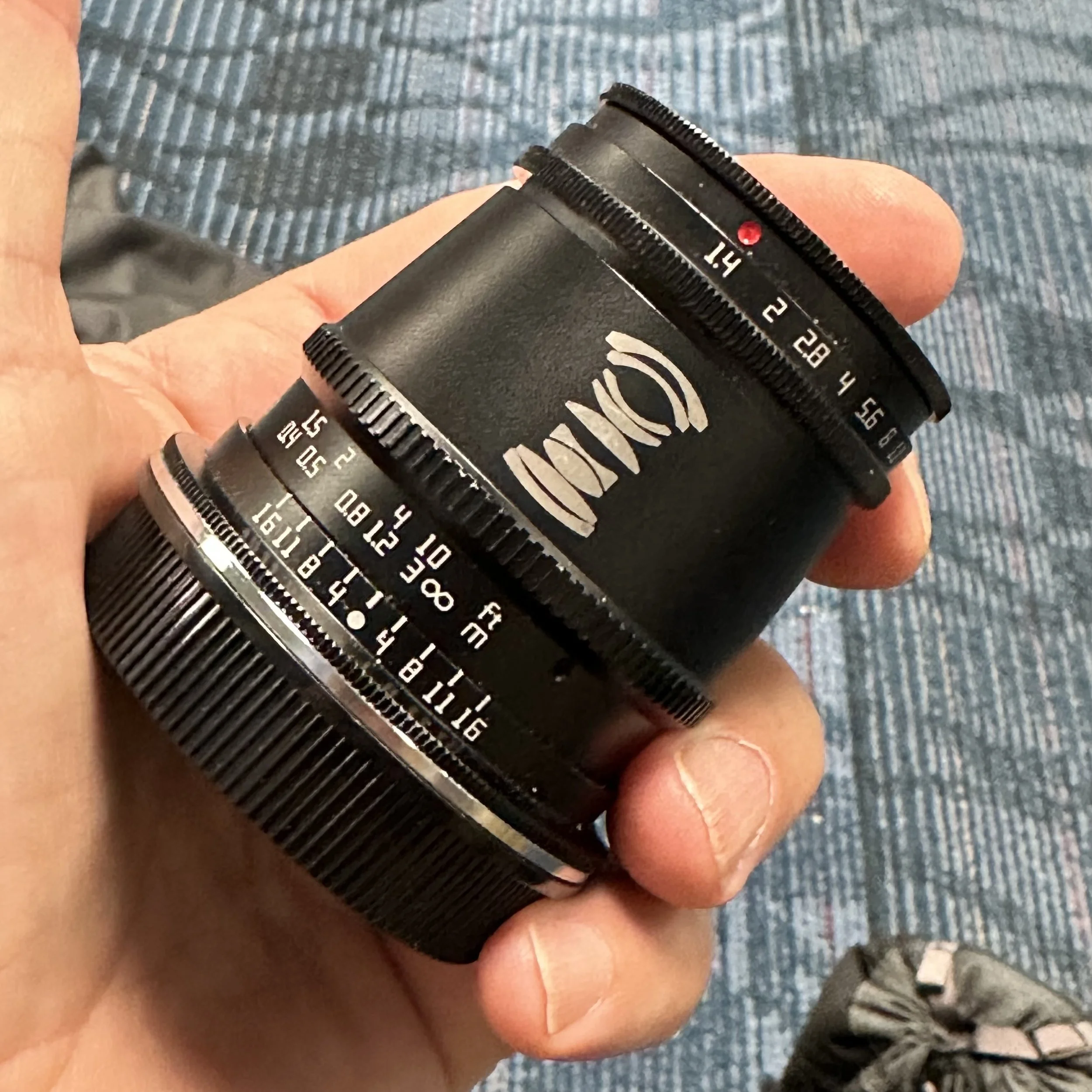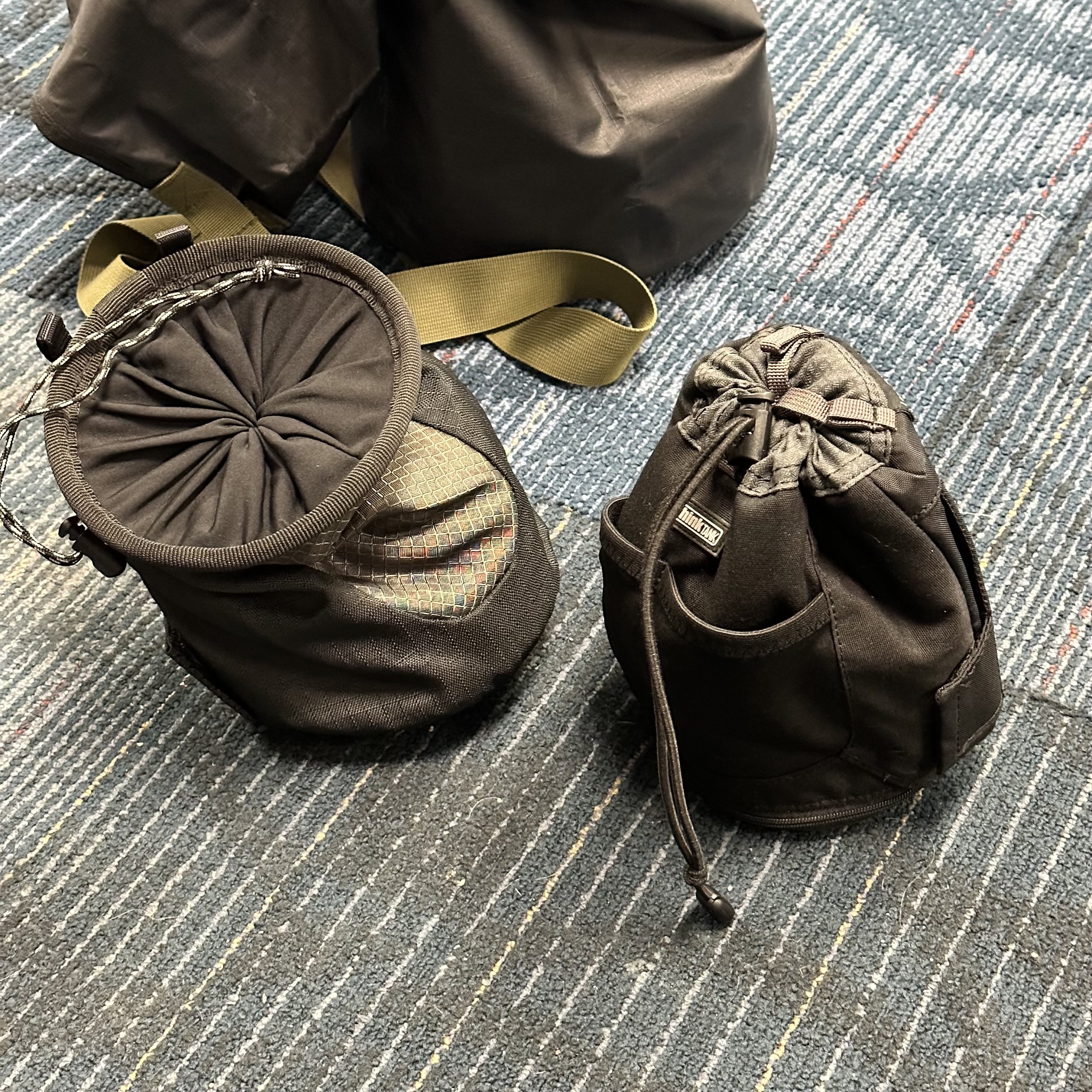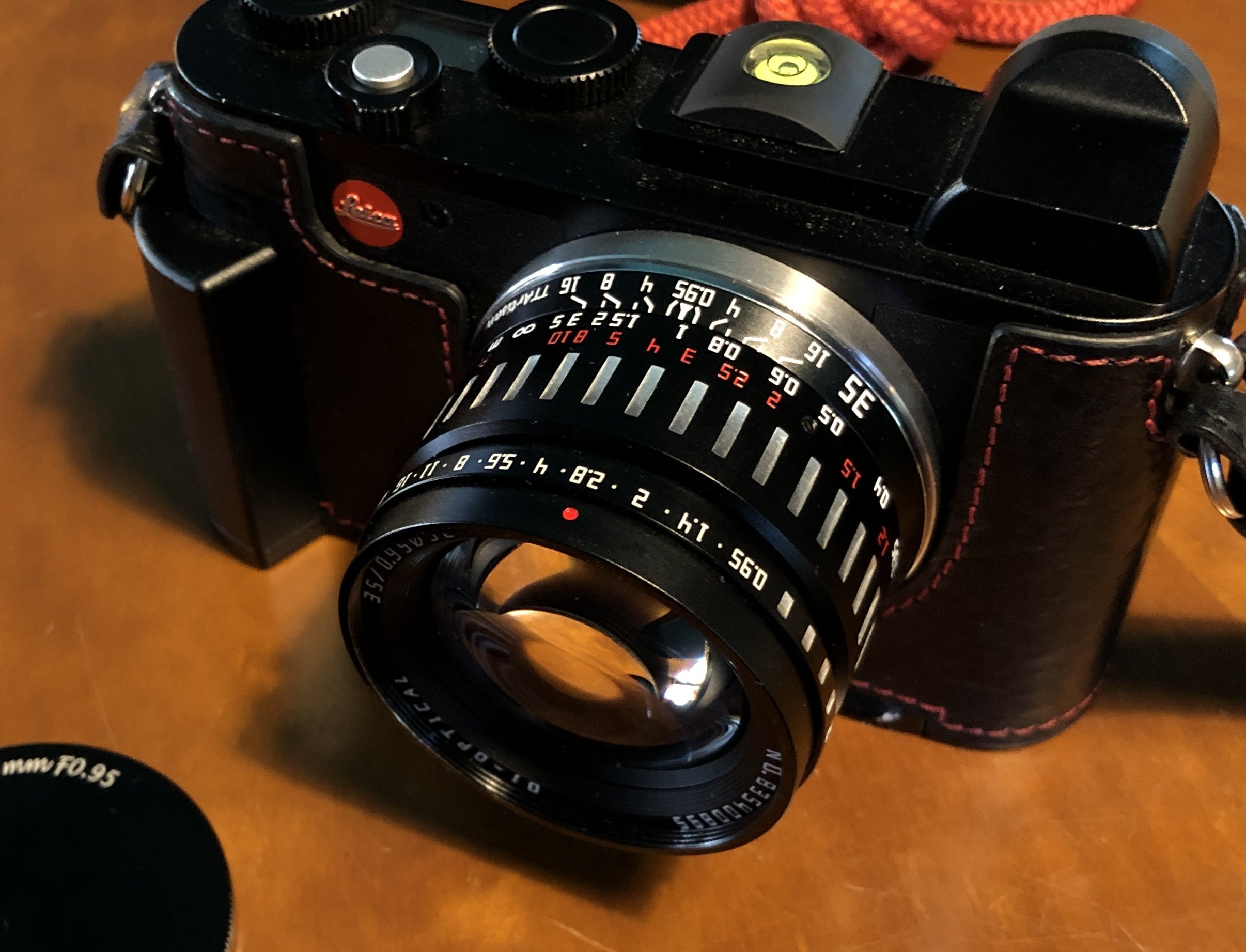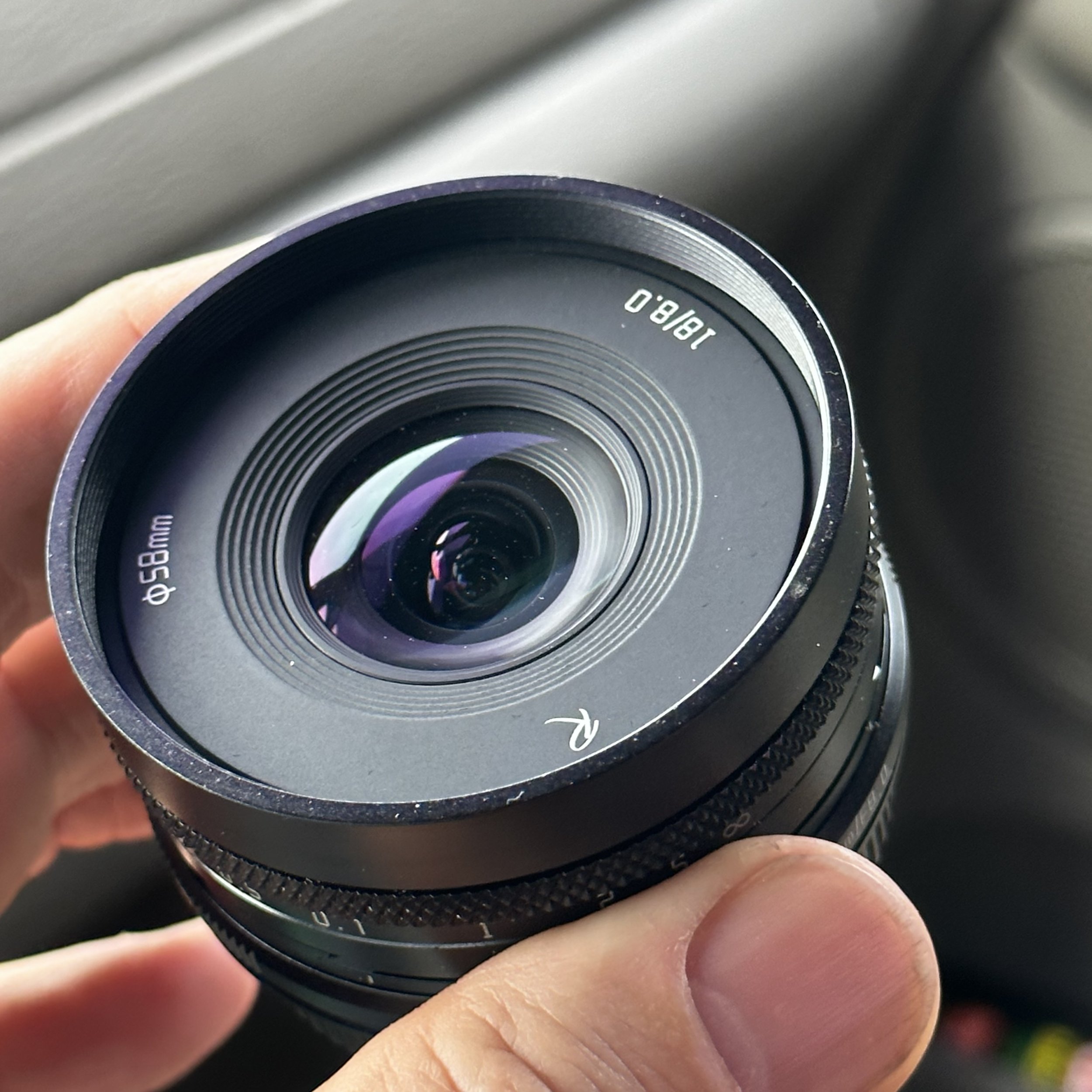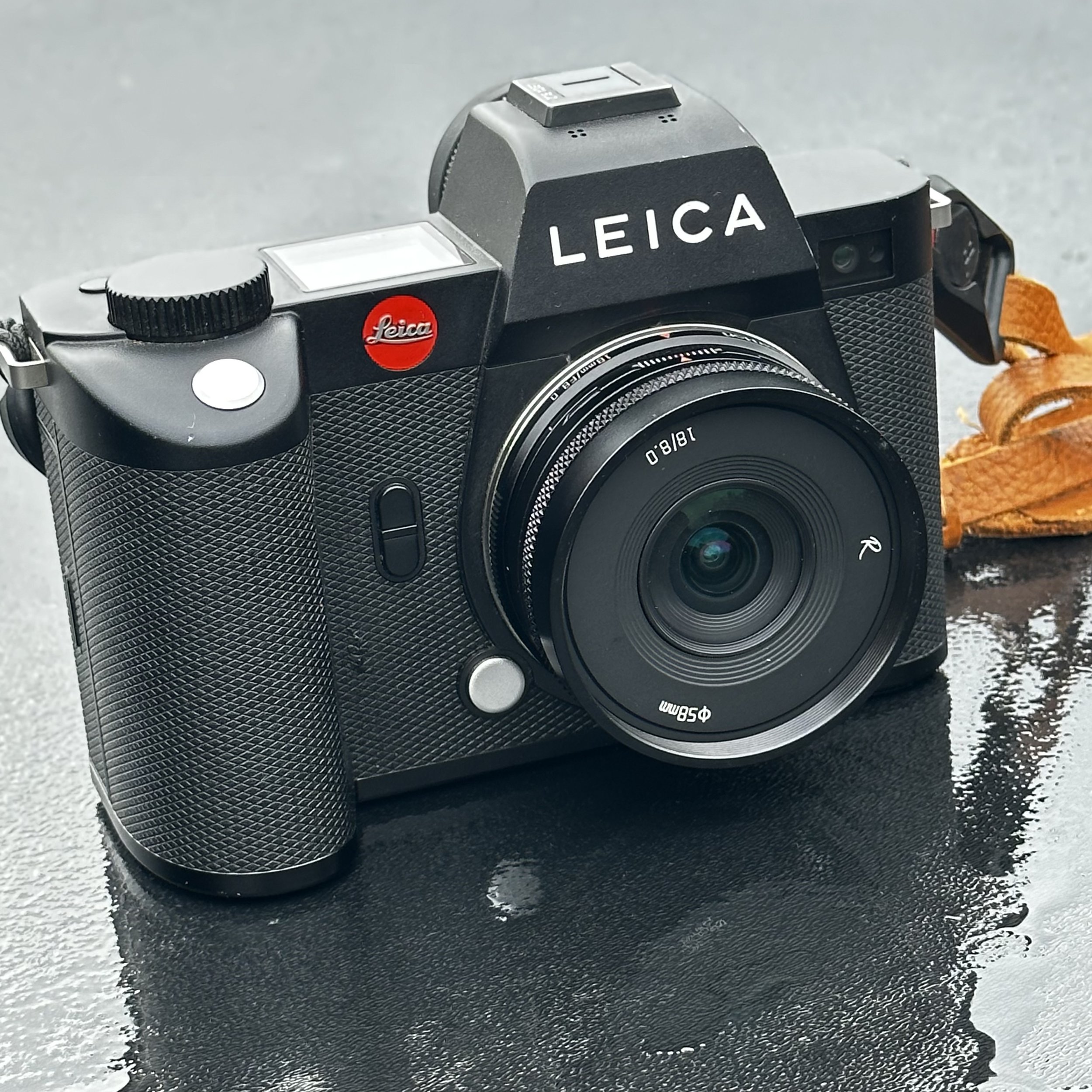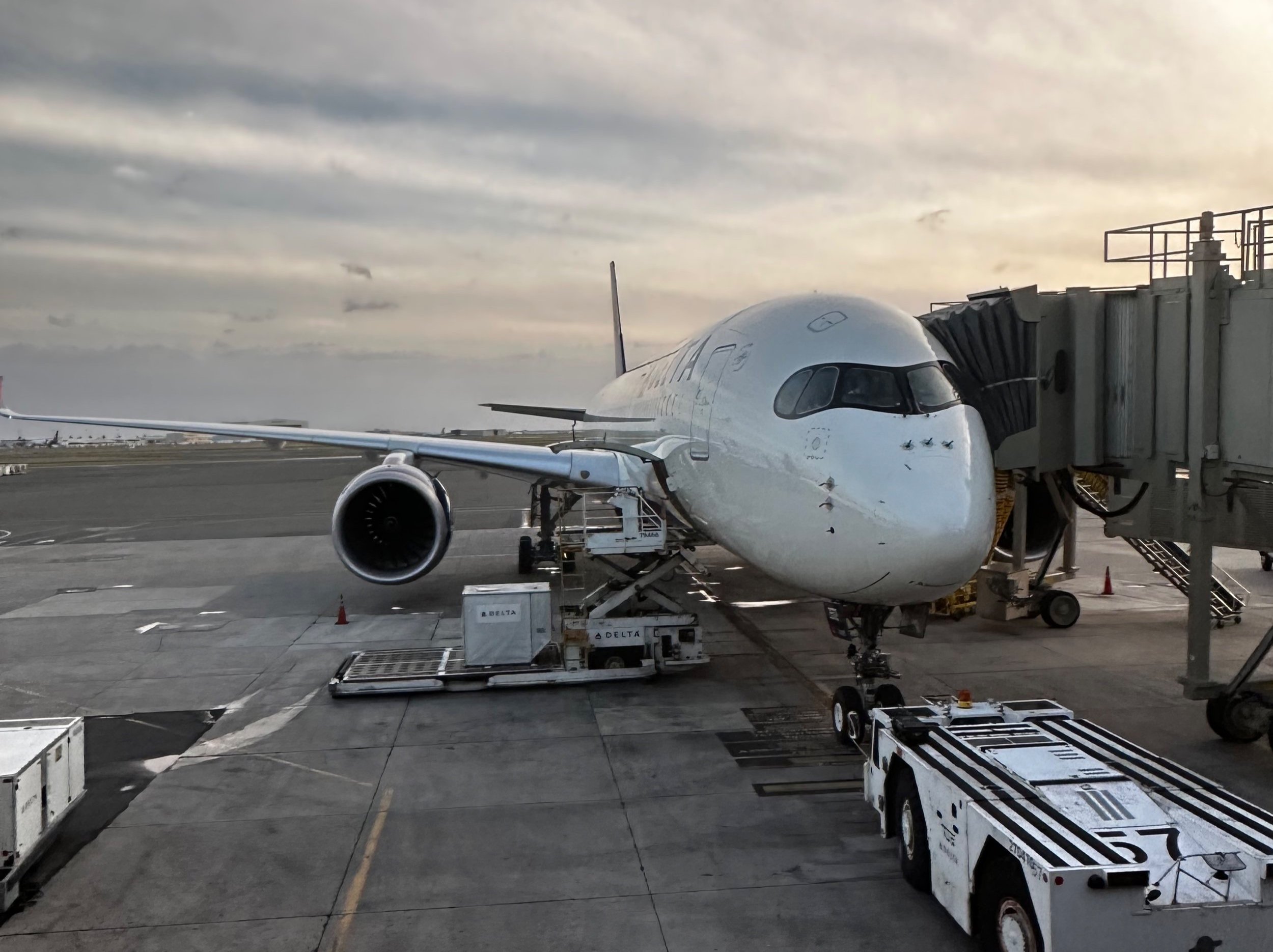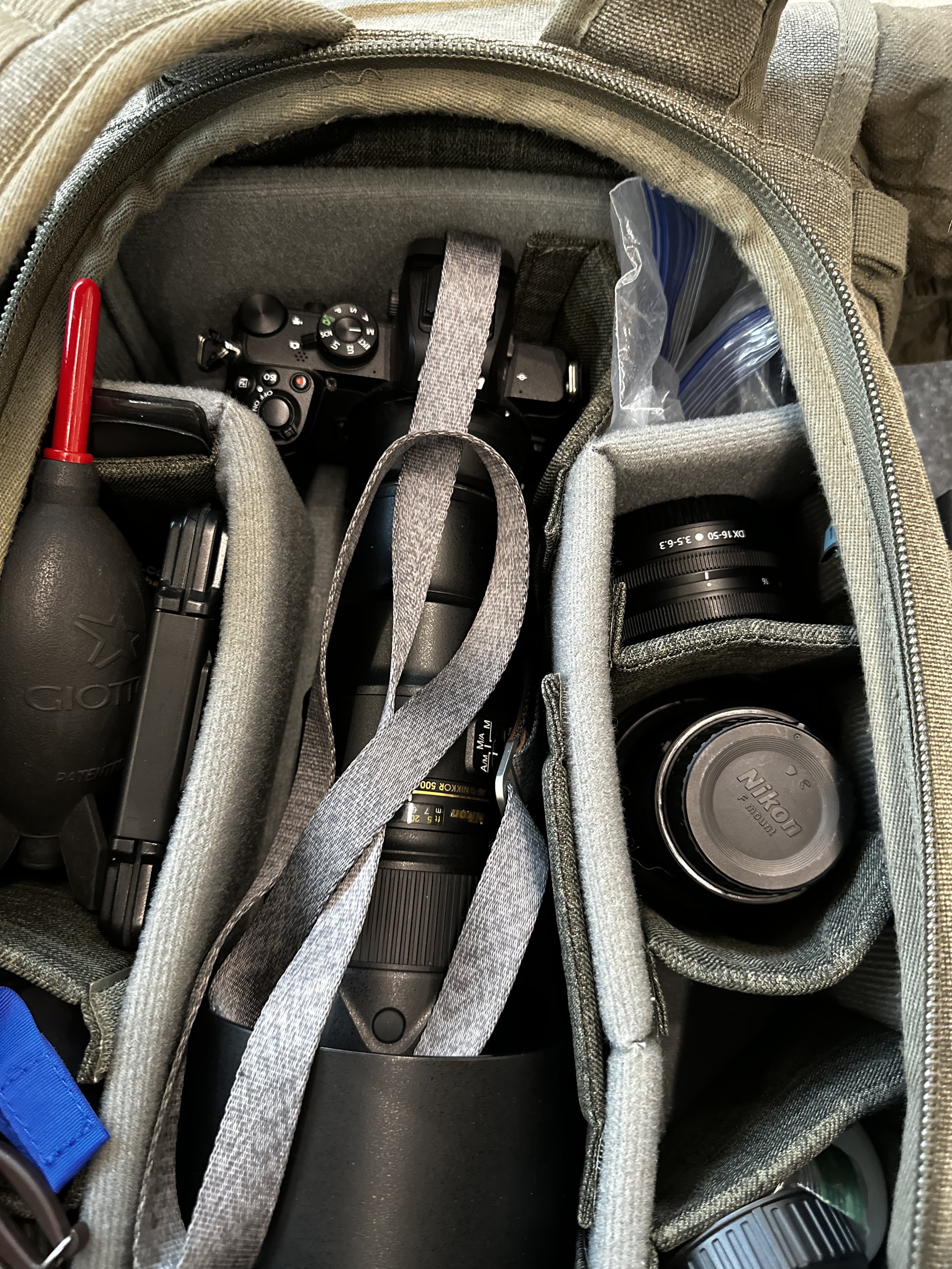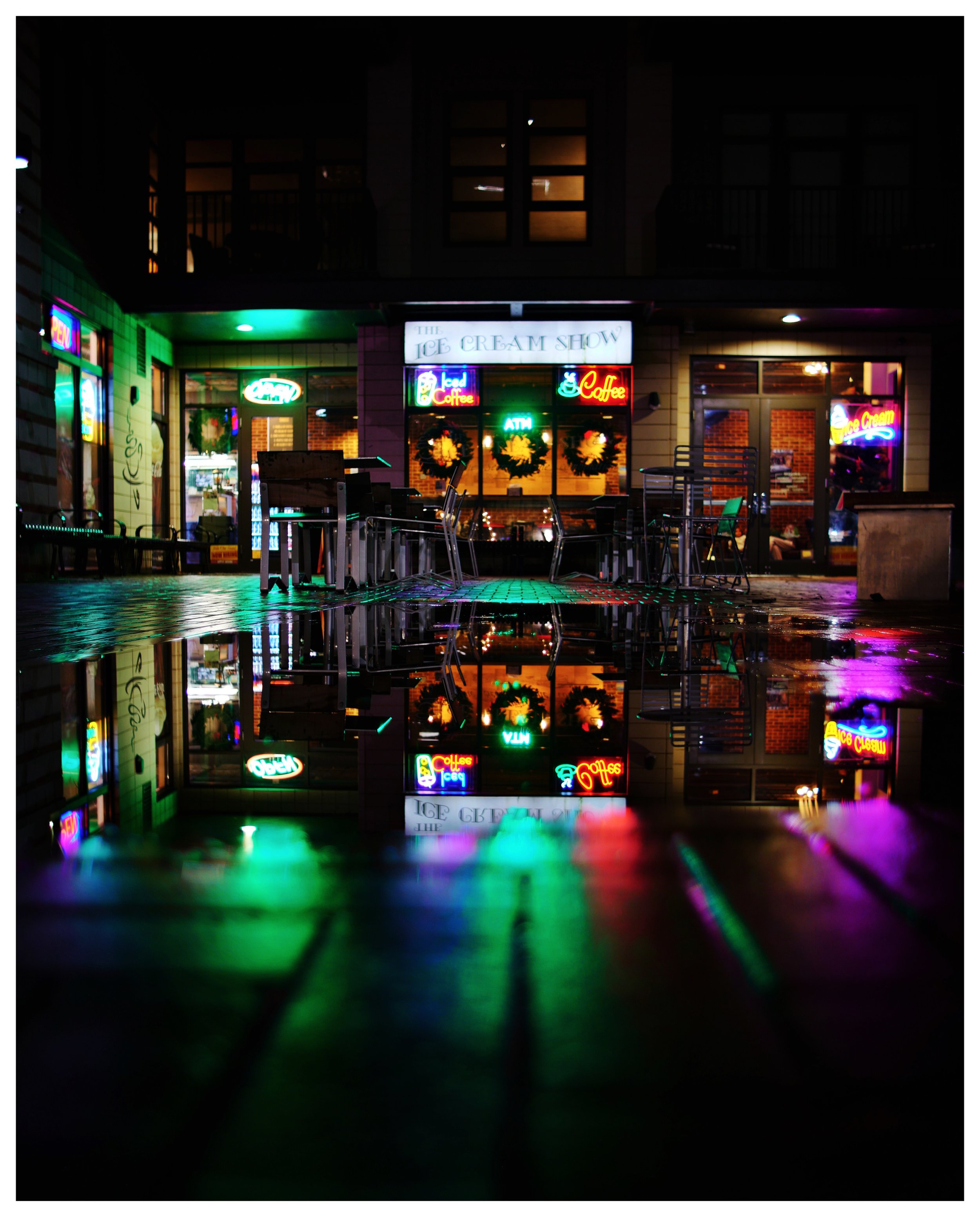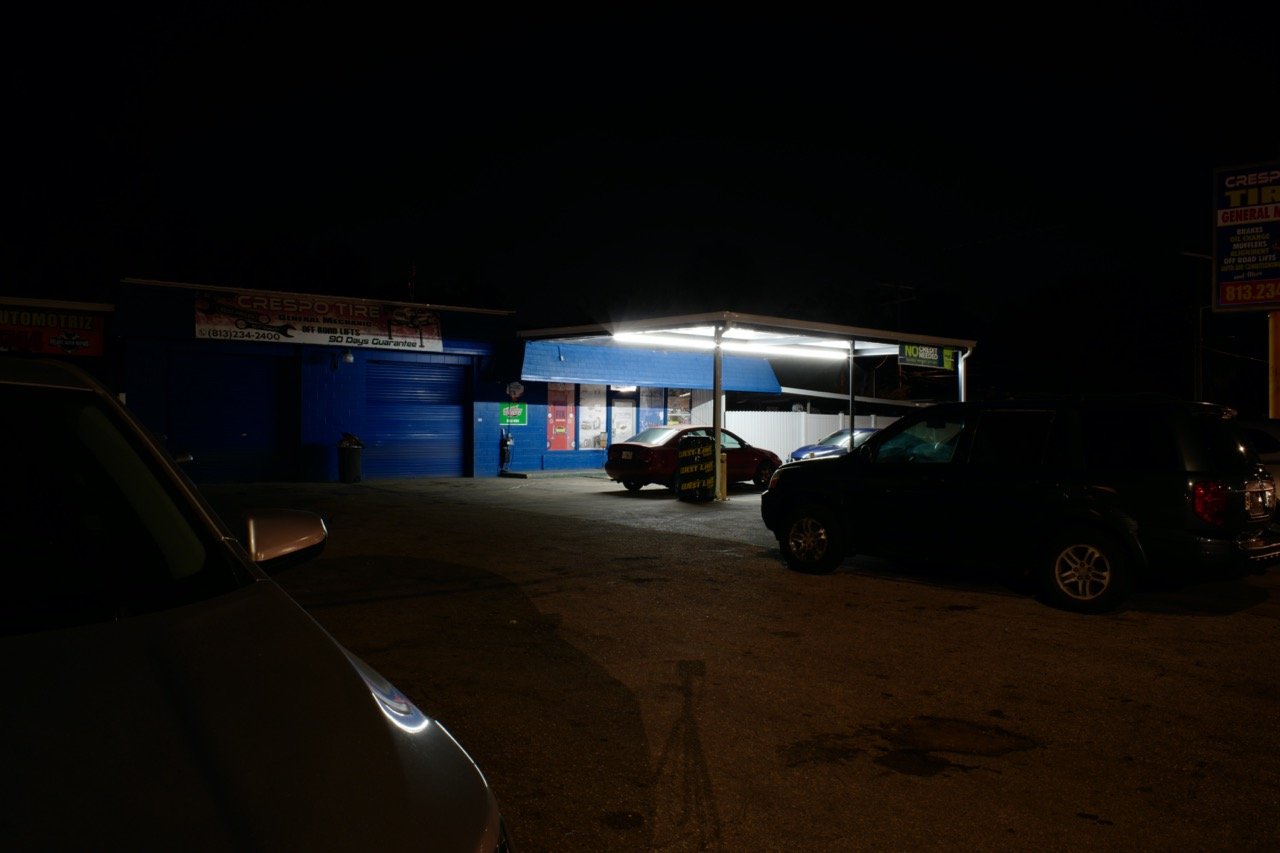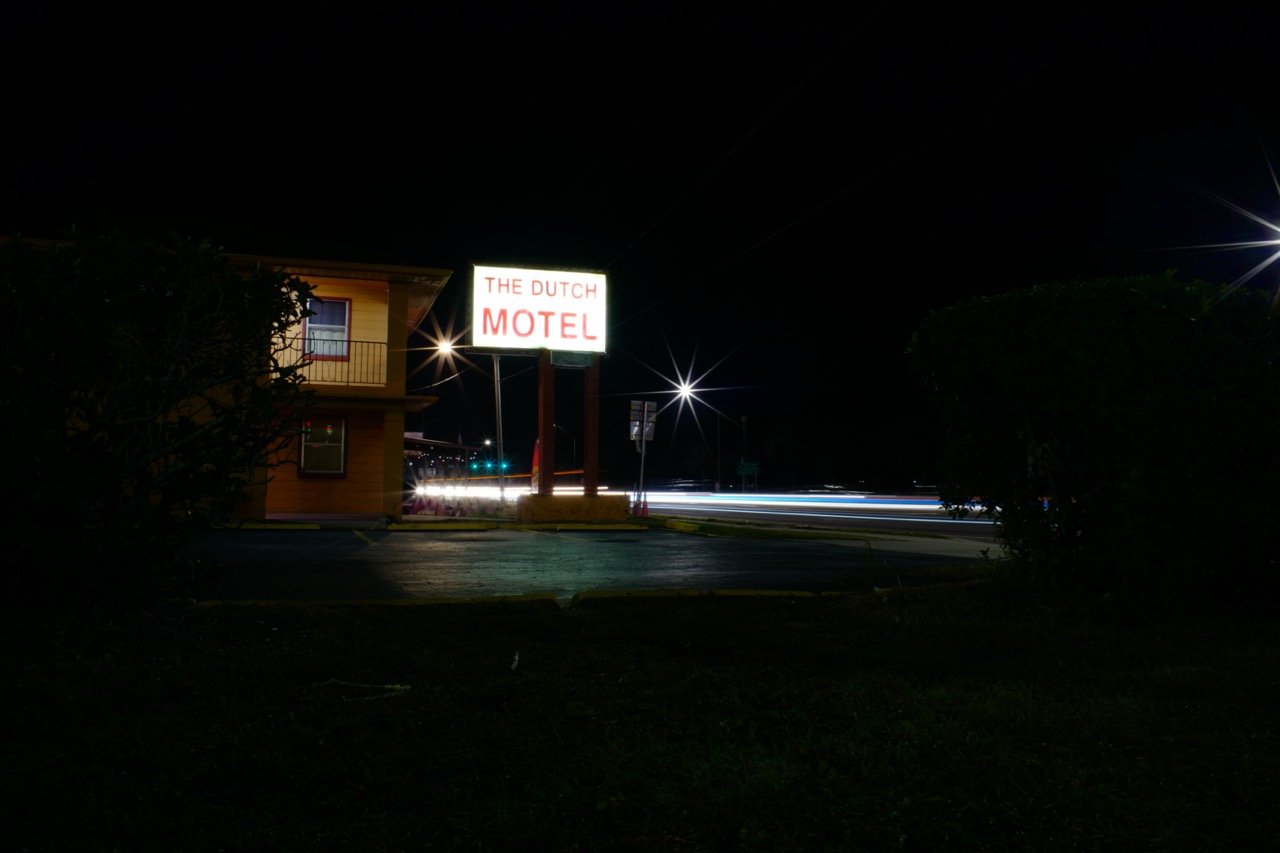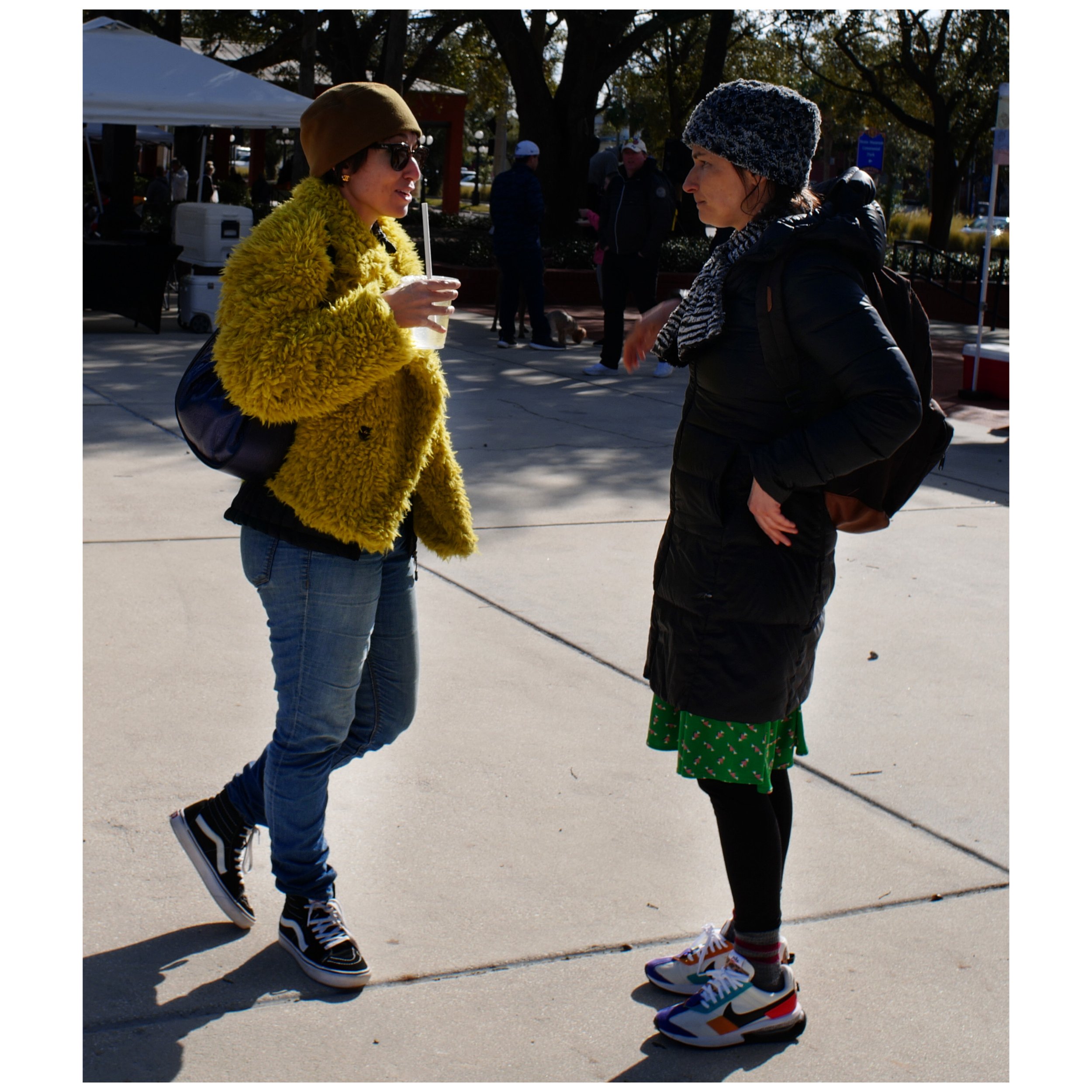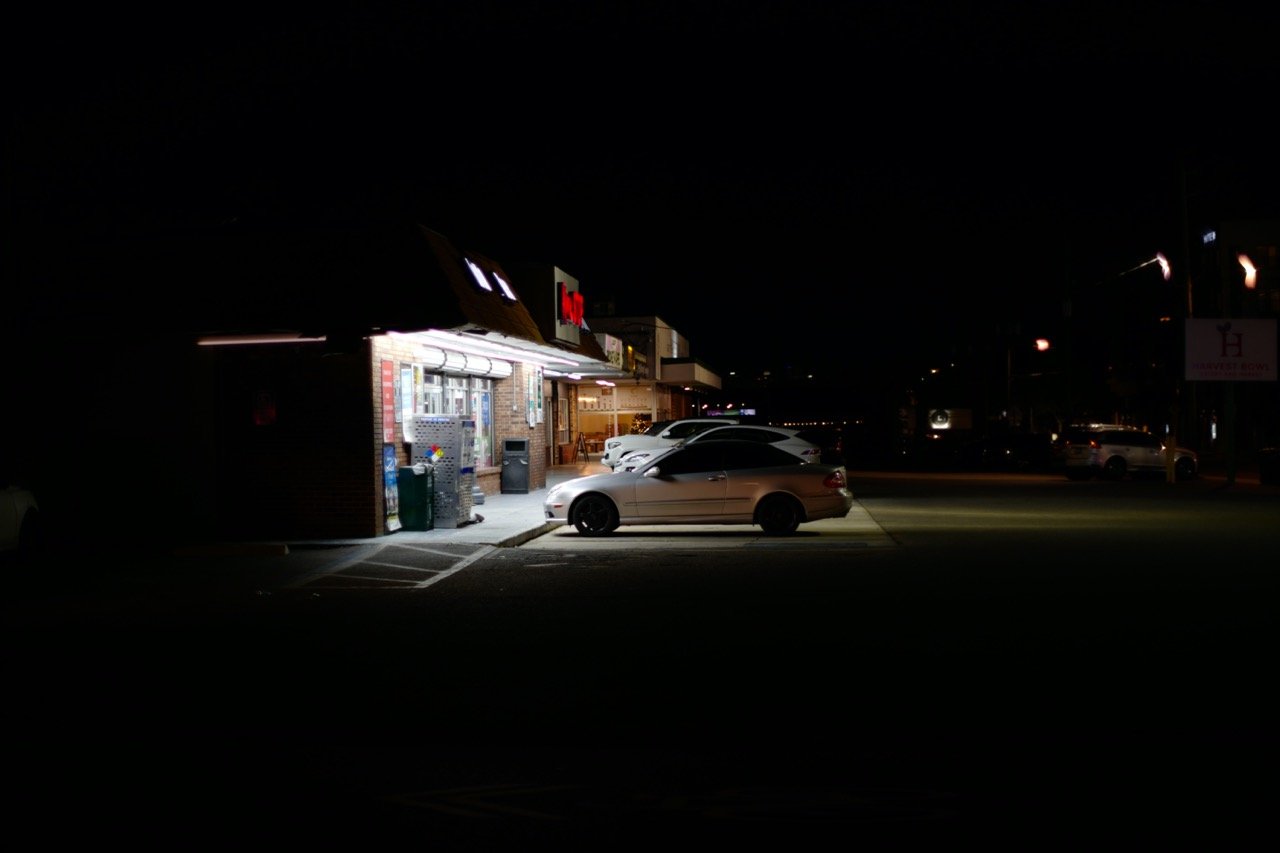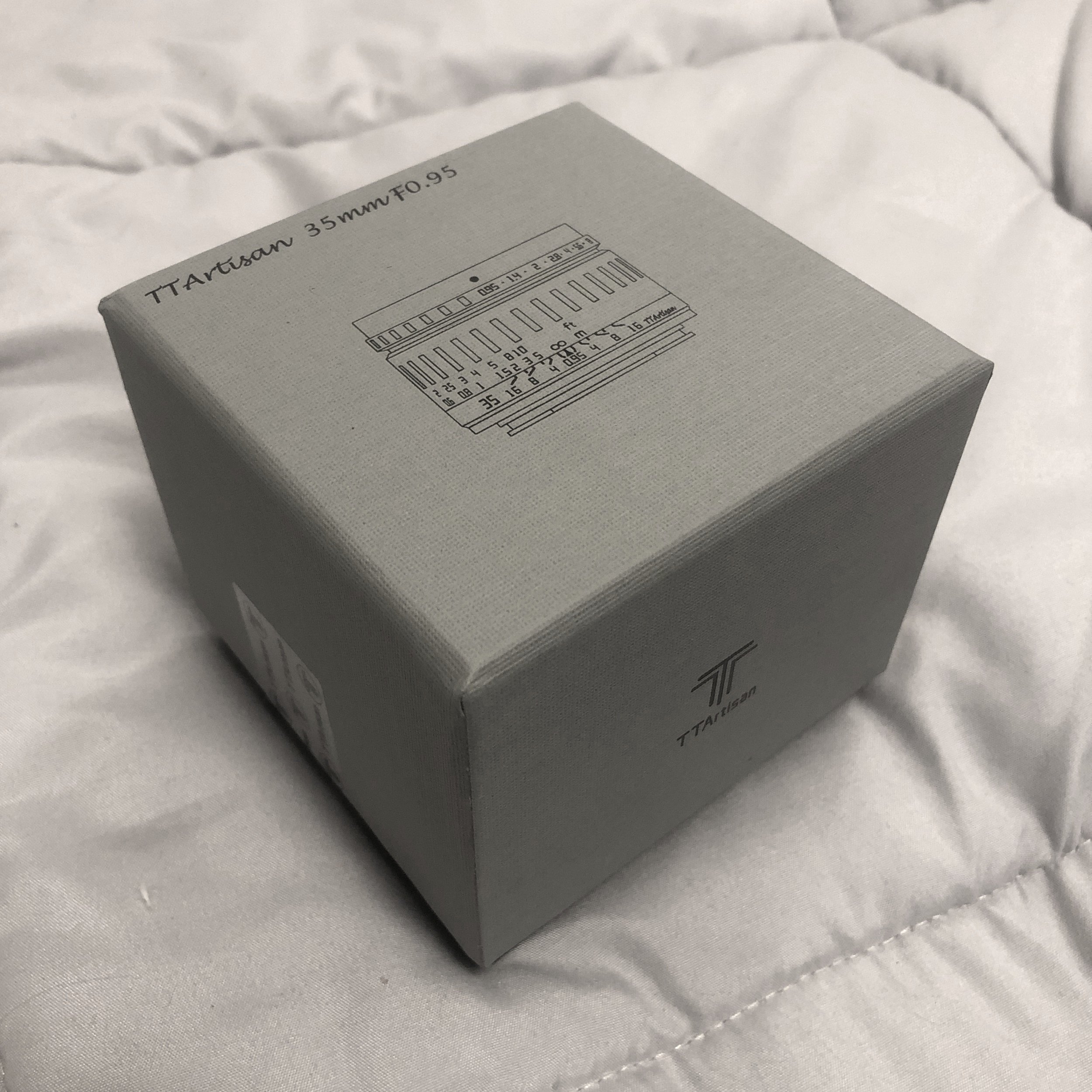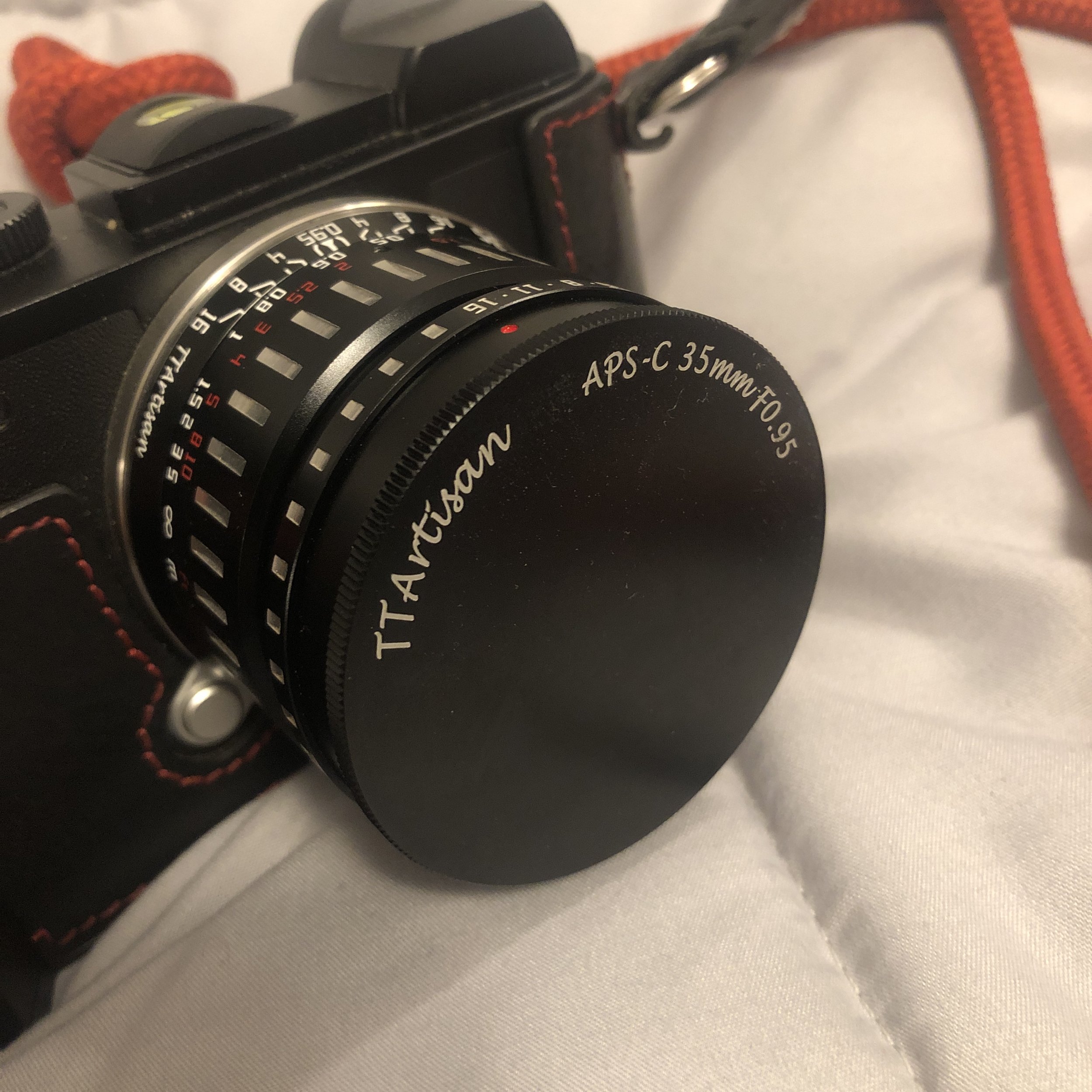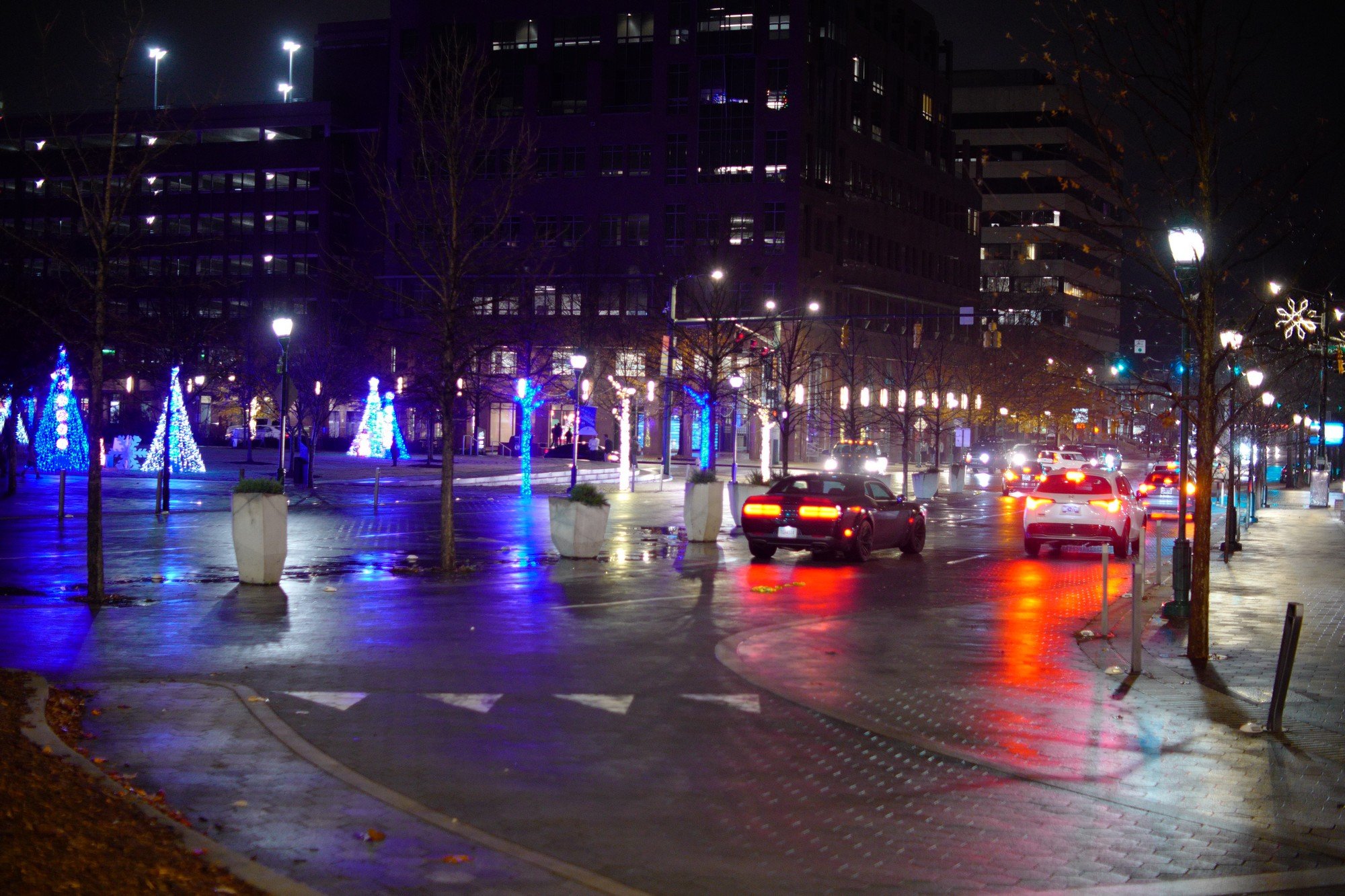So a company reached out to me and asked if I wanted to take a look at their wireless microphone system and I agreed. I am really glad I did too. They sent me a review sample for free and I am happy to say it works exactly as advertised…at least it does from what I tested.
You see these kinds of products usually have some sort of glaring issue that makes them basically unusable for the most part, but this one is different. It actually works as advertised.
So Fulaim sent me the X5 kit to test and write a review on and when it came in I noticed right away that they were really wanting this to have a great presentation. The box is the kind you normally associate with Apple products, the really nice heavy type of card board. So once everything is out of that box, the first thing I noticed was that the charge case is setup for just the microphones and receiver, but the receiver is normally used with the mic cable and there is nowhere to store this cable… Small detail, but frustrating as on the very first outing to test the mics, I forgot this very cable…I attempted to use a AUX cable I had in the truck but it was apparently bad and introduced a ton of noise into the audio, lesson here, check your kit before you leave…
So once I get a good cable and go back out, I tested the Fulaim X5 microphone on my Leica SL2, this camera actually records great video and will record 4k video as well, so I figured I would experiment with the microphones on this camera and also shoot in 4k for a change too.
The charge case is a cool device, when you put the mics and receiver in it and close the lid, it turns them off and starts charging them, when you open the lid, it wakes all three of them up and sets them in motion communicating. That is nice. The battery life on the Fulaim X5 mics and receiver is supposed to be on the order of 9 hours, I would say it is probably closer to 4 or 5 in reality as the 9 hour claim is said for offline recording so if it is powering the radios, then it will be less. But still I have used it for several hours on two different occasions and have not have one die yet in a normal session. The charge case will charge them from dead to full charge twice before needing recharging itself too. This is nice as you are not hunting an outlet after juicing up the mics one time.
In the video above, I test the main factors that matter to me for a microphone I use to make YouTube videos. Distance from the camera that the audio is still good on, extreme distance function, audio fidelity, and offline recording for getting simple audio like wild sounds or when you need dialog for voice over but don’t need video with it too. It passed all of these tests with ease and done very well to be honest. The audio quality is first rate and I couldn’t tell if it was the Zoom F2 (which I have to sync in post) or the Fulaim X5 (which I do not have to sync in post)
There are so many little Easter egg type features built into them that it is hard to keep up, like the spring clip on the mics is made of steel from what I can figure and there is a round rare earth magnet with one so you can magnetically stick it to the lapel of a jacket and hide the mic behind the lapel with only the little black magnet showing. This is brilliant. The spring clips are sized so they will slip directly into a camera hot shoe, so you don’t need a hot shoe adapter at all. There is a port for a lav mic on each transmitter, there is also a port on the receiver for headphones to monitor the audio with, the wind muffs are made with little locks to keep them from falling off the mics, the mics will record in offline mode without the need for memory cards as there is 4GB of internal storage in each mic, You can USB charge them so if the charge case is dead, they can still be charged, they are compatible with smart phones and can be USB connected to laptop computers so you can have wireless mic support for things like zoom meetings…the list goes on but you get the point.
Can I recommend this microphone? Absolutely, the copy I have works perfectly and if this is the production version, you will love it too. They sell them direct on their website but I don’t get anything if you buy one, so don’t worry about using an affiliate link or some such, just get one and use it. Simple as that.

